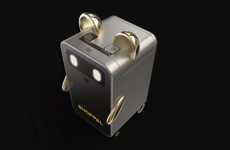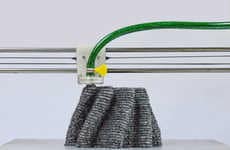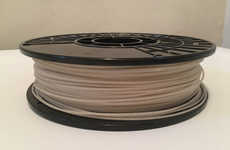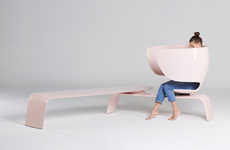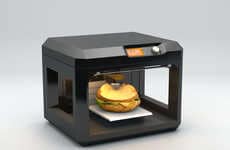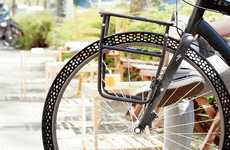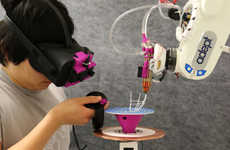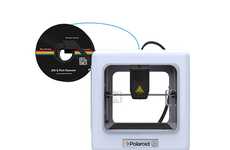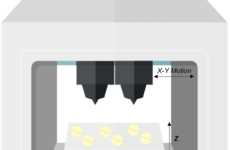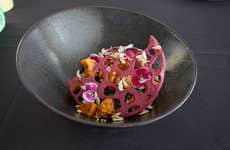
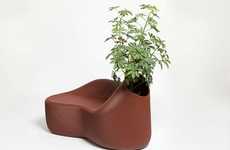


Brands are using waste materials to create filaments for 3D-printing
Trend - 3D-printing continues to be incorporated into manufacturing to reduce and reuse plastic waste. Brands are using waste materials like ocean plastics and food scraps to fully integrate 3D-printing into the Circular Economy, to mitigate the environmental impact of traditional manufacturing.
Insight - While the automotive industry has pushed to make cars more environmentally conscious, the manufacturing process still has a large impact on the environment. With consumers increasingly prioritizing sustainability when considering which brands to purchase from, brands incorporating 3D-printing into manufacturing can highlight a more holistic approach to their environmental commitments.
Insight - While the automotive industry has pushed to make cars more environmentally conscious, the manufacturing process still has a large impact on the environment. With consumers increasingly prioritizing sustainability when considering which brands to purchase from, brands incorporating 3D-printing into manufacturing can highlight a more holistic approach to their environmental commitments.
Workshop Question - How could your brand leverage a technology like 3D-printing to align with the interests of your consumers?
Trend Themes
1. Circular 3d-printing - Brands are using waste materials to fully integrate 3D-printing into the Circular Economy to mitigate the environmental impact of traditional manufacturing.
2. Upcycling Food and Edible Waste - Entrepreneurs and scientists are exploring the possibility of creating beautiful, aesthetically pleasing entrees from food waste by using 3D-printing technology.
3. Recycling Oceanic Waste for 3D Printing - Some brands are taking action to turn waste material, such as plastic sourced from the ocean, into 3D printing filament to help reduce the amount of waste in the sea.
Industry Implications
1. Automotive Manufacturing - Manufacturing industries can incorporate 3D-printing into their manufacturing process to highlight a more holistic approach to their environmental commitments to cater to consumers who prioritize sustainability when considering which brands to purchase from.
2. Furniture Design - Design studios and firms can take traditional household plastic waste to create furniture for outdoor environments, specifically public settings to fully adopt the eco-friendly concept.
3. Waste Management - Environmental companies can experiment with transforming waste material into filaments that can be used for 3D printing to close the loop associated with 3D printing for a more sustainable experience for makers and designers alike.



